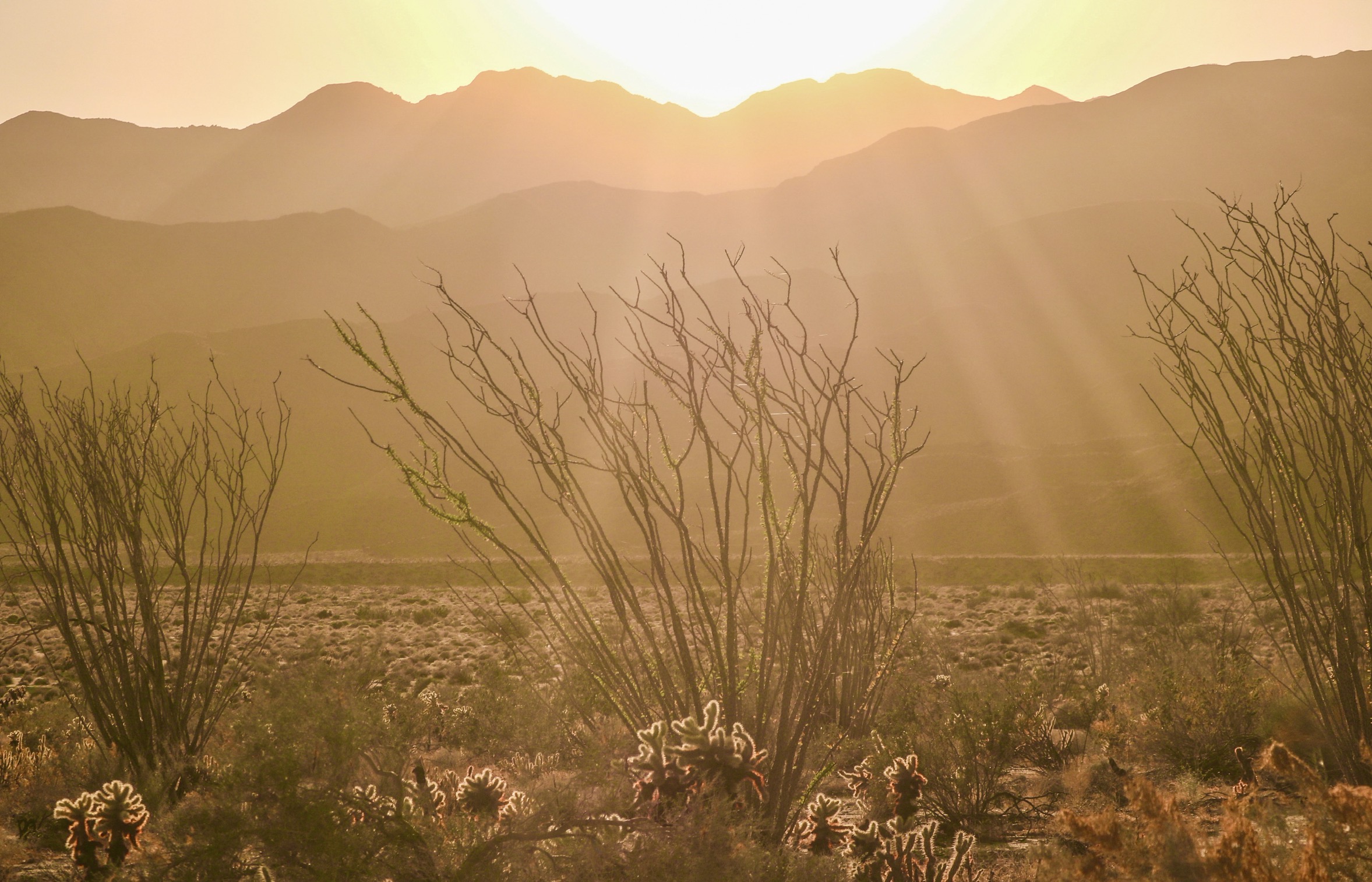
Current events, history, review, and notes
The extraordinary heatwave in mid September left its mark. Aside from three devastating fires in southern California, many of our garden plants took a blow as we endured several days with temps over 105; it seemed relentless. But, as usual, the weather got back to “normal,” and now we are feeling, as if a sort of twitch, that we might be welcoming fall to come in soon. From a native plant horticultural perspective, it’s New Year’s Day every October 1.
This just in: 10-day heatwave at the beginning of October. Plan accordingly. Note: Cooler nights, descending soil temps, and shorter day length are factors that tend to make fall heat waves less destructive than summer.
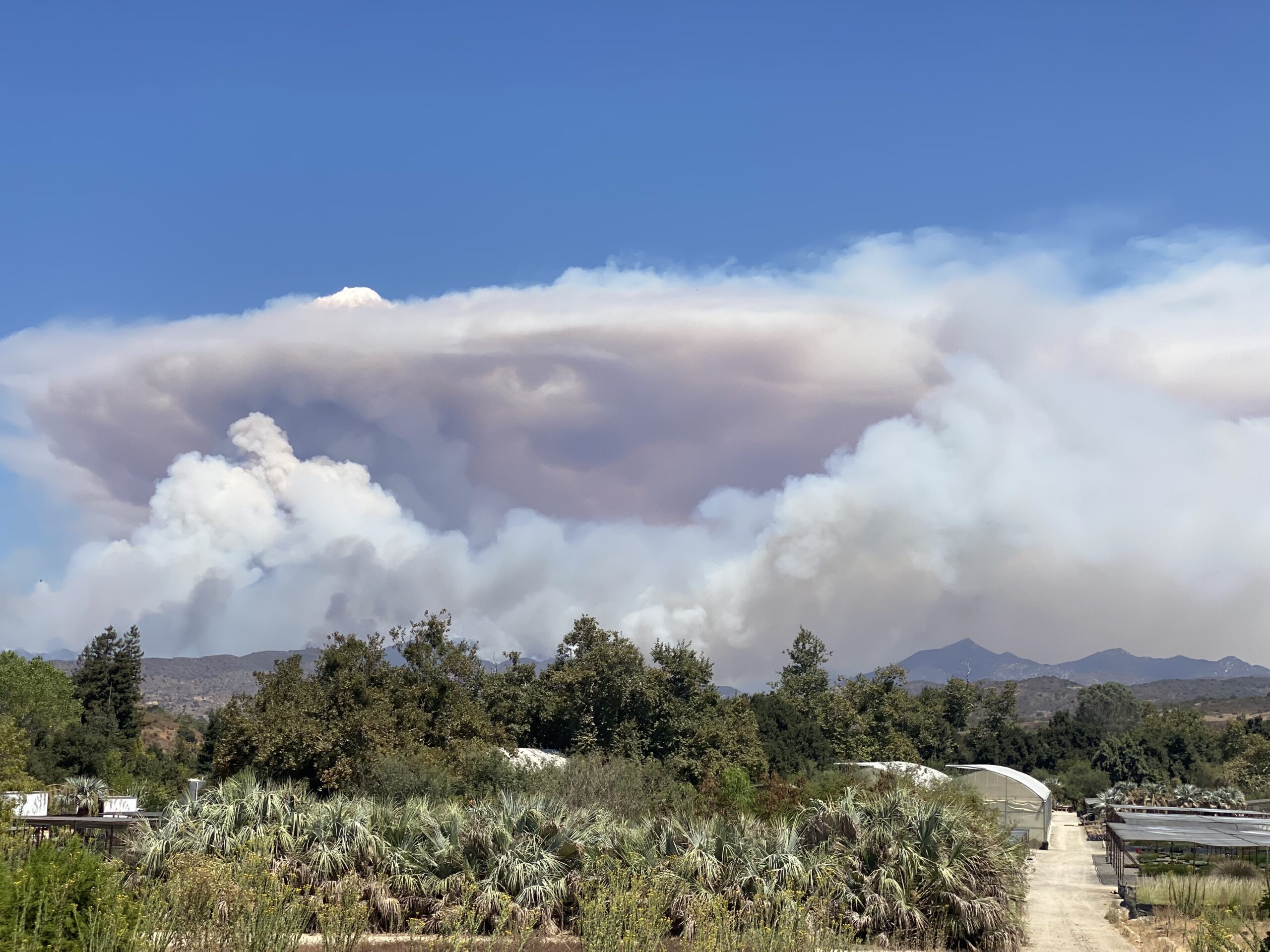
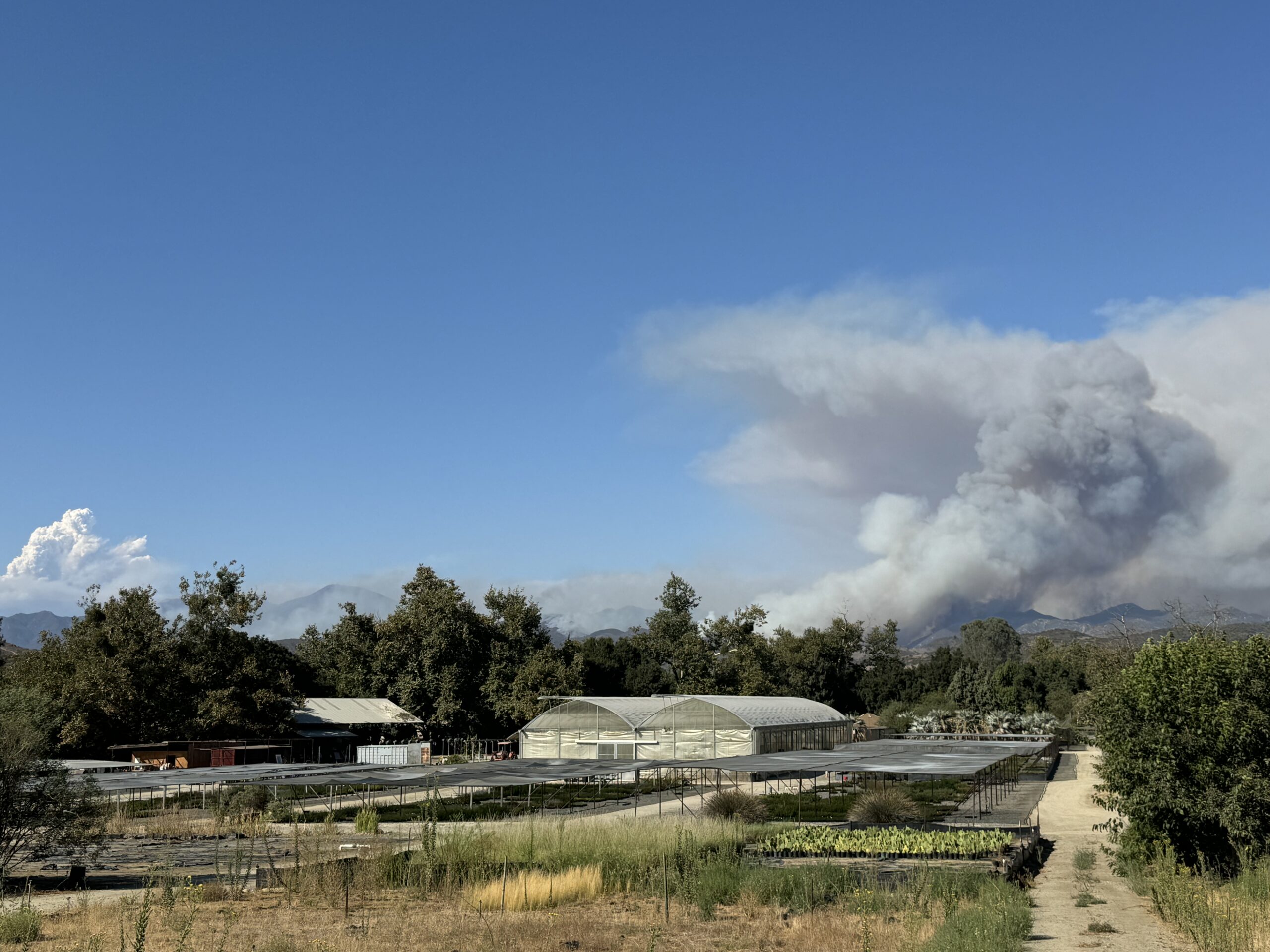
Our natural garden seasons:
Fall – October, November – rains commence, many garden tasks, fall flowers.
Winter – December, January – rain, short cool days, calming dormancy, winter flowers.
Spring – February, March, April – more rain, birds, butterflies, life abounds, abundant flowers.
Pre-Summer – May – farewell cool and moist, hello hot and dry, transition month.
Summer – June, July, August – judicious watering, long hot days, seeds, summer blooms.
Post-Summer – September – farewell hot and dry, hello cool and moist, transition month.
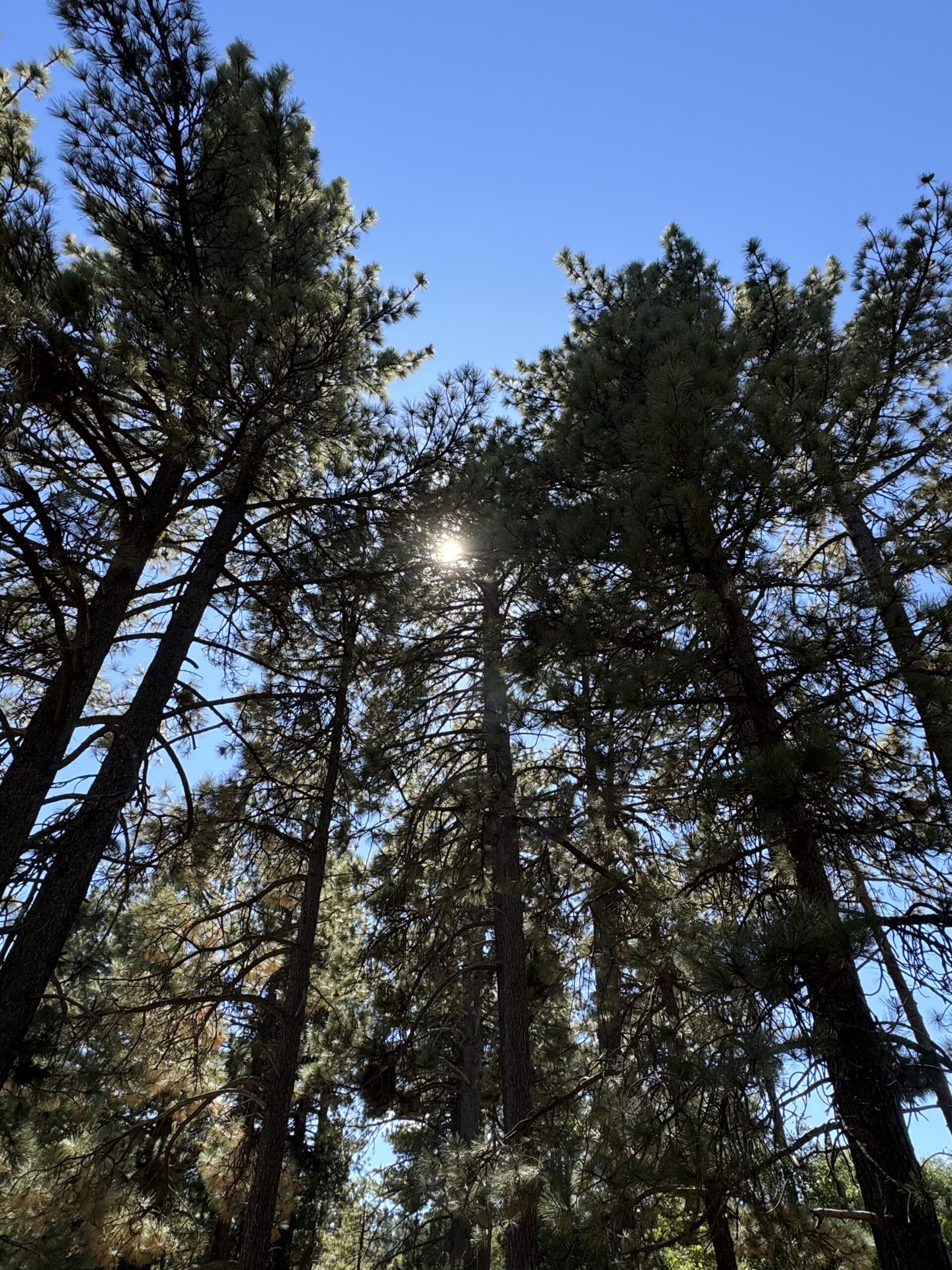
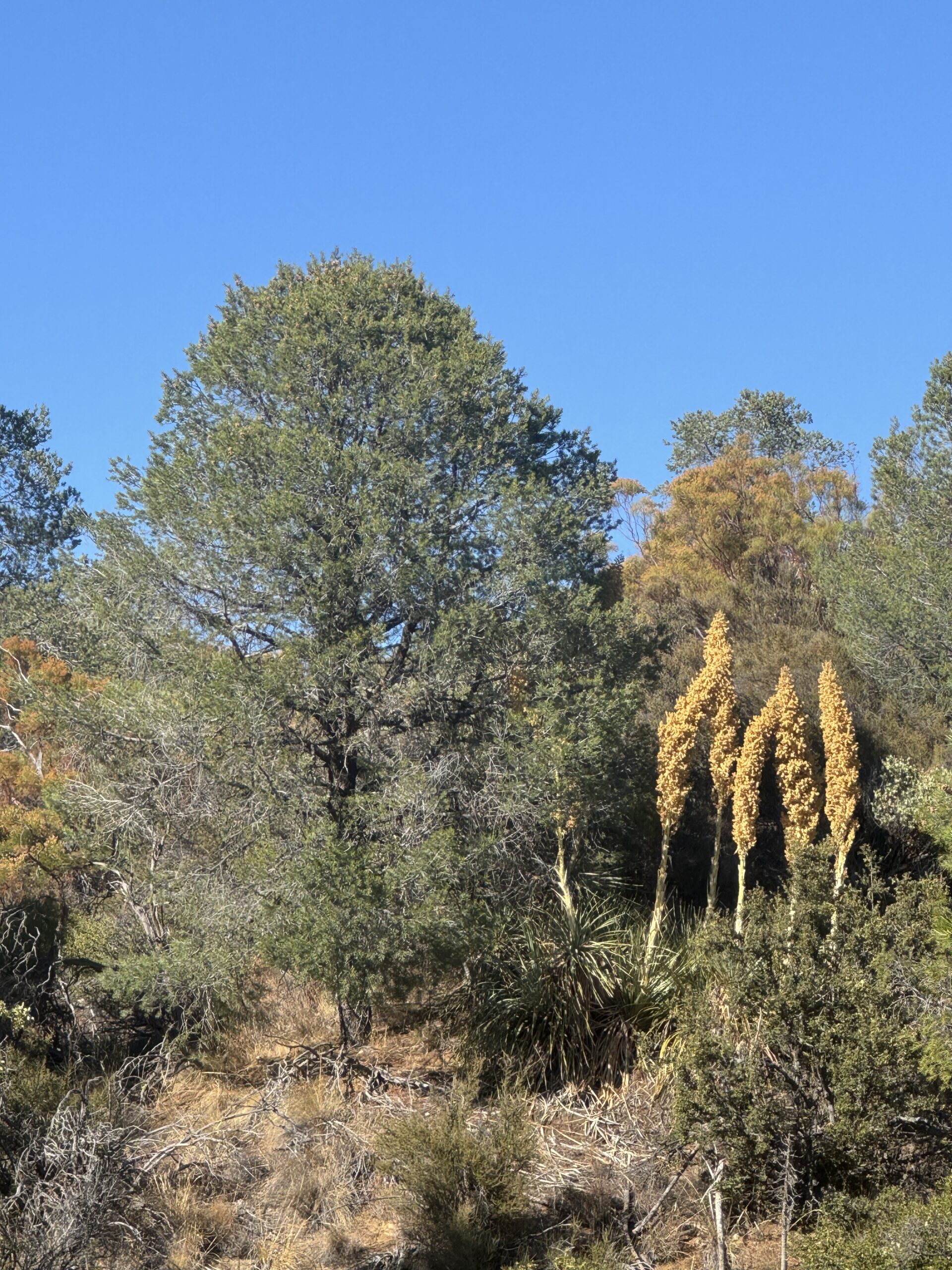
Watering
Immediately after the big heatwave last month, most gardens would have appreciated a deepsoak. I hope yours got one. Some natural gardens are so perfectly tuned in to their environmental conditions that they receive almost no water in summer, and if you have one of those, it’s probably looking a little peaked and tired right now, anticipating rain. Rain might be two months off, so a Deep Soak this month would be perfect. You can still perform Refreshing Sprinkles in October, but less frequently than in summer. For a definition of the Deep Soak plus Refreshing Sprinkles method (DS + RS) see the “Watering” section here: https://californianativeplants.com/blog/august-in-the-natural-garden-2024/
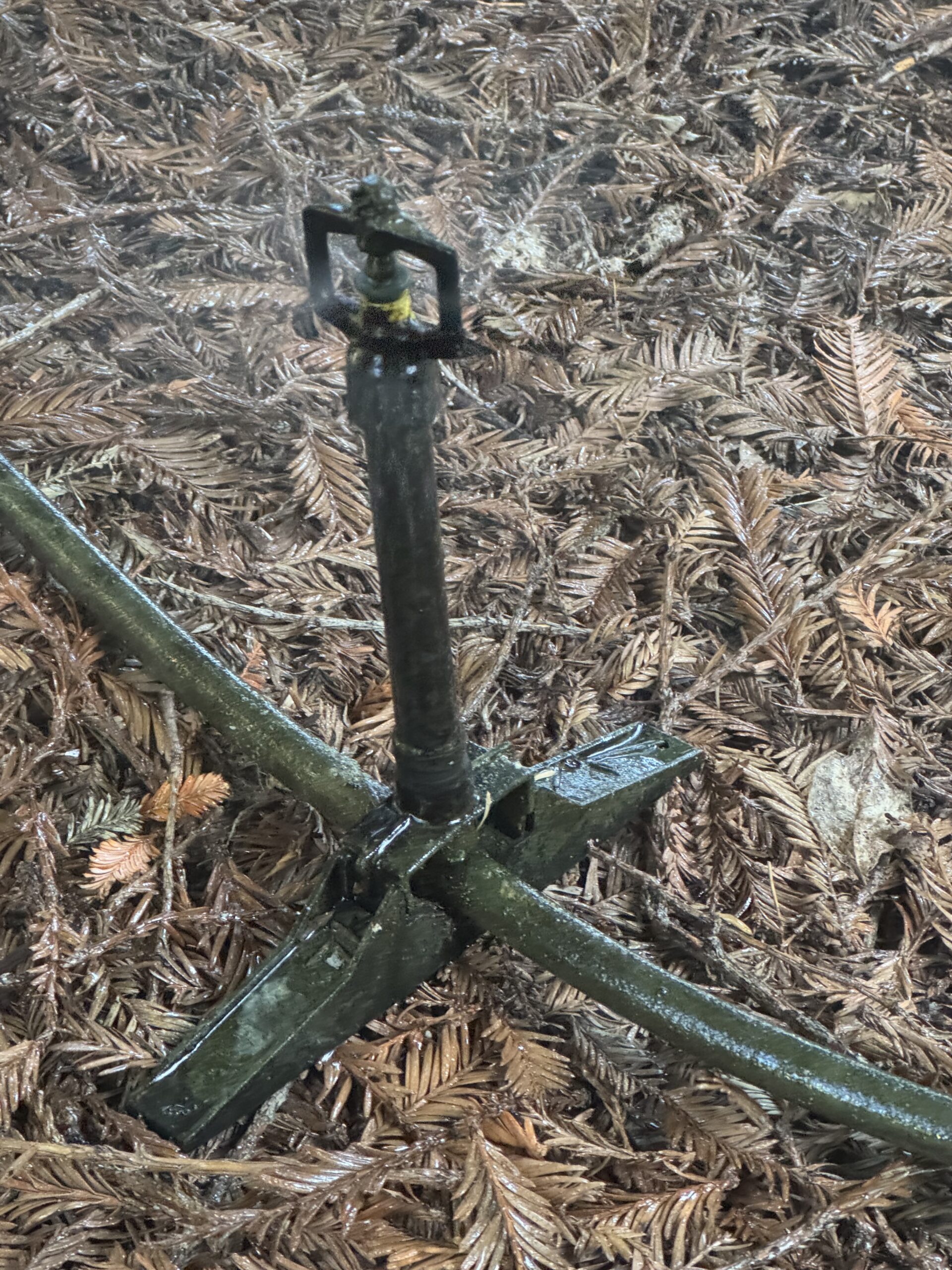
Deep Soak. A hose end mini sprinkler delivering 1/8” per hour can be left on for 12 hours, or used for 4 hours on each of 3 consecutive days to deliver 1.5” precipitation.
Related to Watering
The days are noticeably shorter, but the rule of thumb still applies to not apply overhead water (sprinkler) for long periods during the heat of the day. Water DS in the early morning and RS in the late afternoon. Don’t apply water at night.
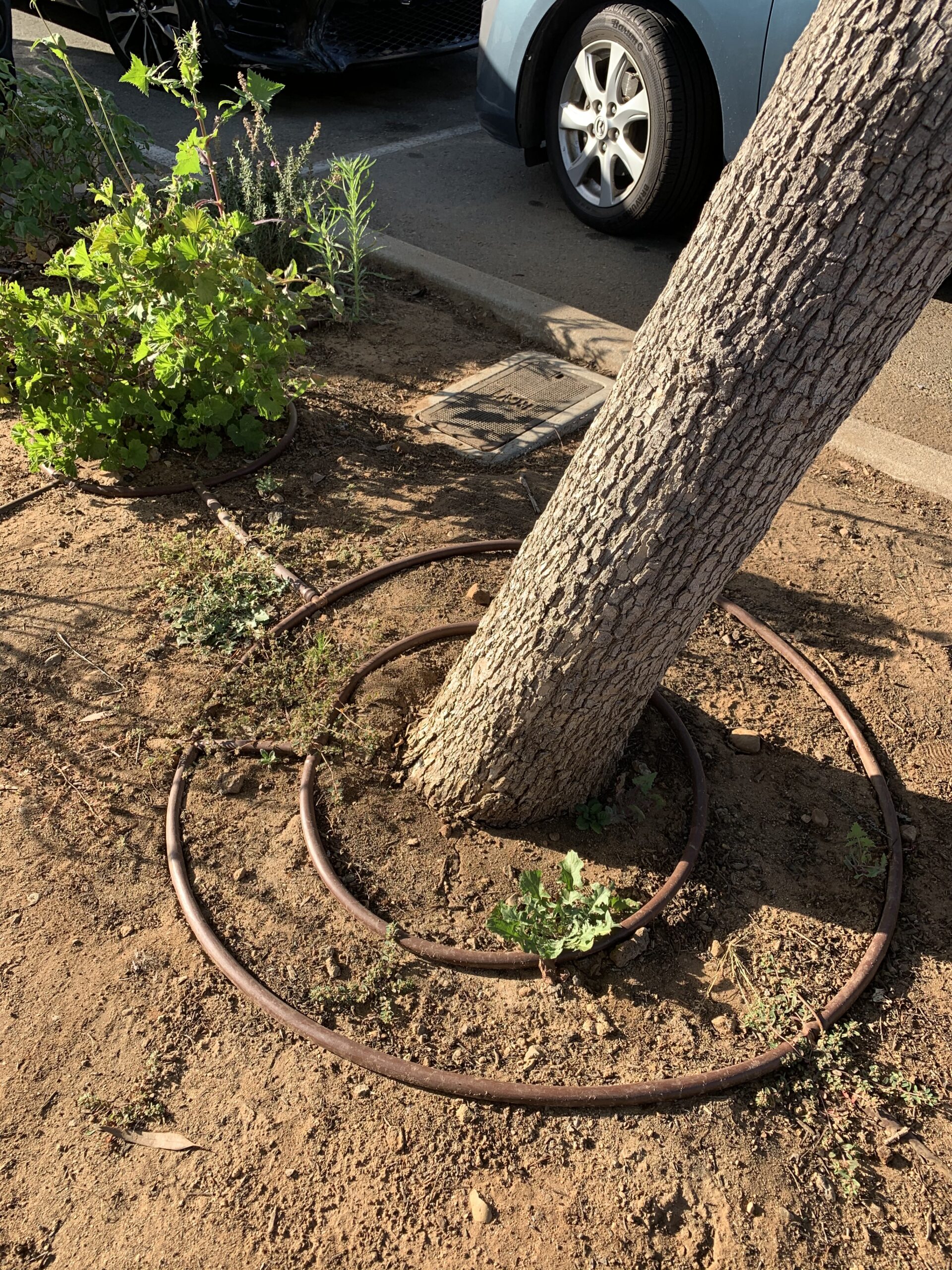
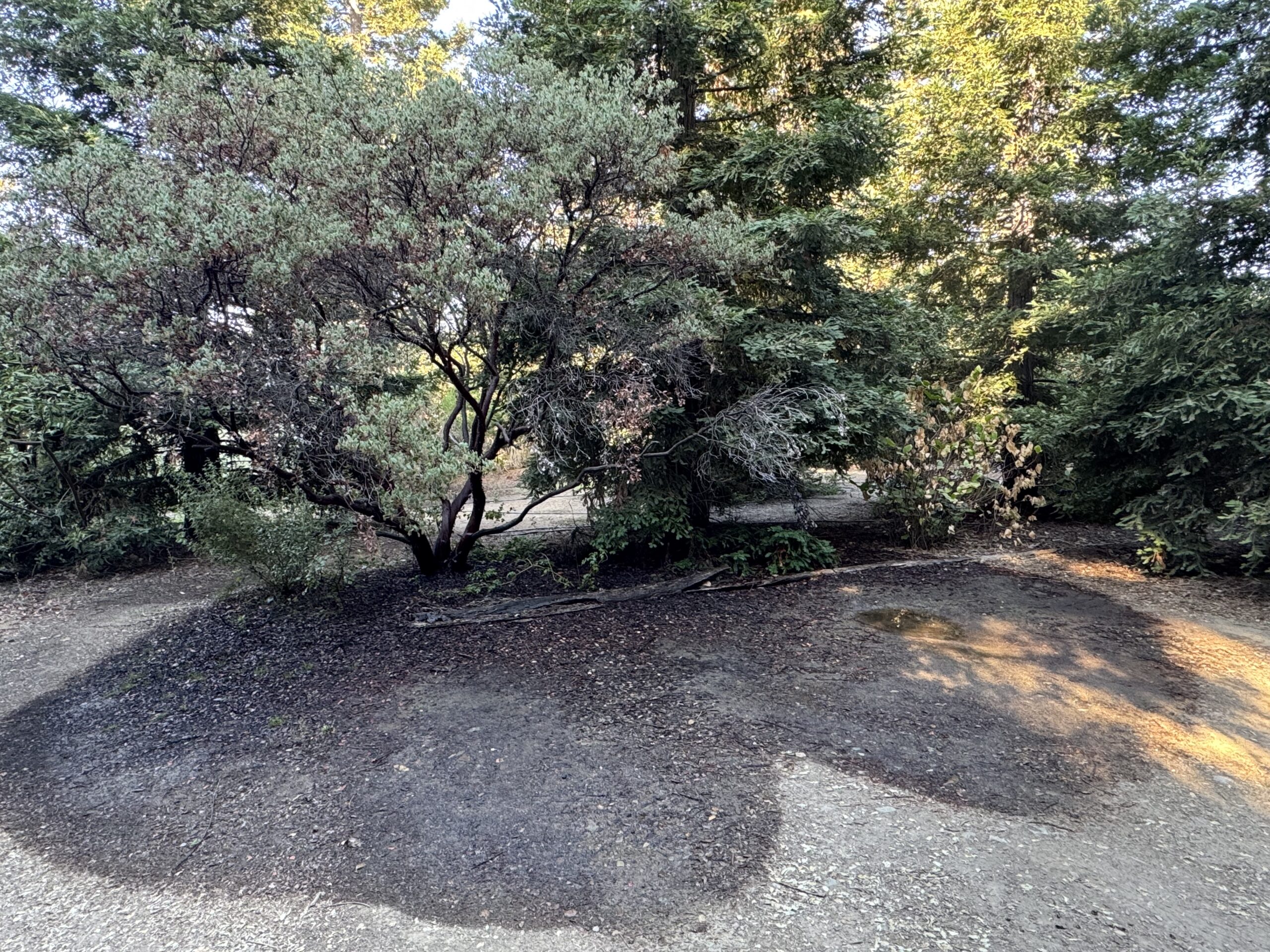
Pruning
Yes. Providing normal seasonal weather ahead, fall is the best time to do artistic pruning, or shape the plants, thinning and heading back. If a heatwave is forecast, best to wait a few days for it to finish. In thinning, remove principal (or entire) branches. In heading back, trim the branch tips to encourage side shoots to grow. As a general rule, do not head back manzanitas. If you need to improve the shape of a Ceanothus, now’s the time for heading back. If you wait until winter, the plant will be forming its flower buds deep inside its branches (latent buds) and you might inadvertently cut off the spring bloom to soon follow. Other plants can be shaped safely in fall.
Sanitization. If you are cutting diseased or dead wood, sanitize your tools between cuts. If you are pruning healthy plants, sanitize periodically throughout the day. Use 10% bleach solution (9 parts water to 1 part bleach), rubbing alcohol, or Lysol spray.
Weeding
Yes. The first cool season weeds might show up with your Deep Soak. Knock them down while they’re small, (much easier), before you sow seed or plant bulbs, (see below).
Mulching / Top Dress
Yes. As you know, the best mulch or top dress in the “leaf litter” that accumulates naturally under each plant. If you have been waiting to apply a top dress from an outside origin, October is a good time. Use fresh, clean, gritty (i.e.; bark chips) organics, or coarse, attractive mineral mulch (i.e.; DG or rock aggregate). Avoid any inferior mulch if it contains all of these materials in combination: sticks, strings, flakes and dust. Also if top dress or compost smells foul, do not bring it into your garden.
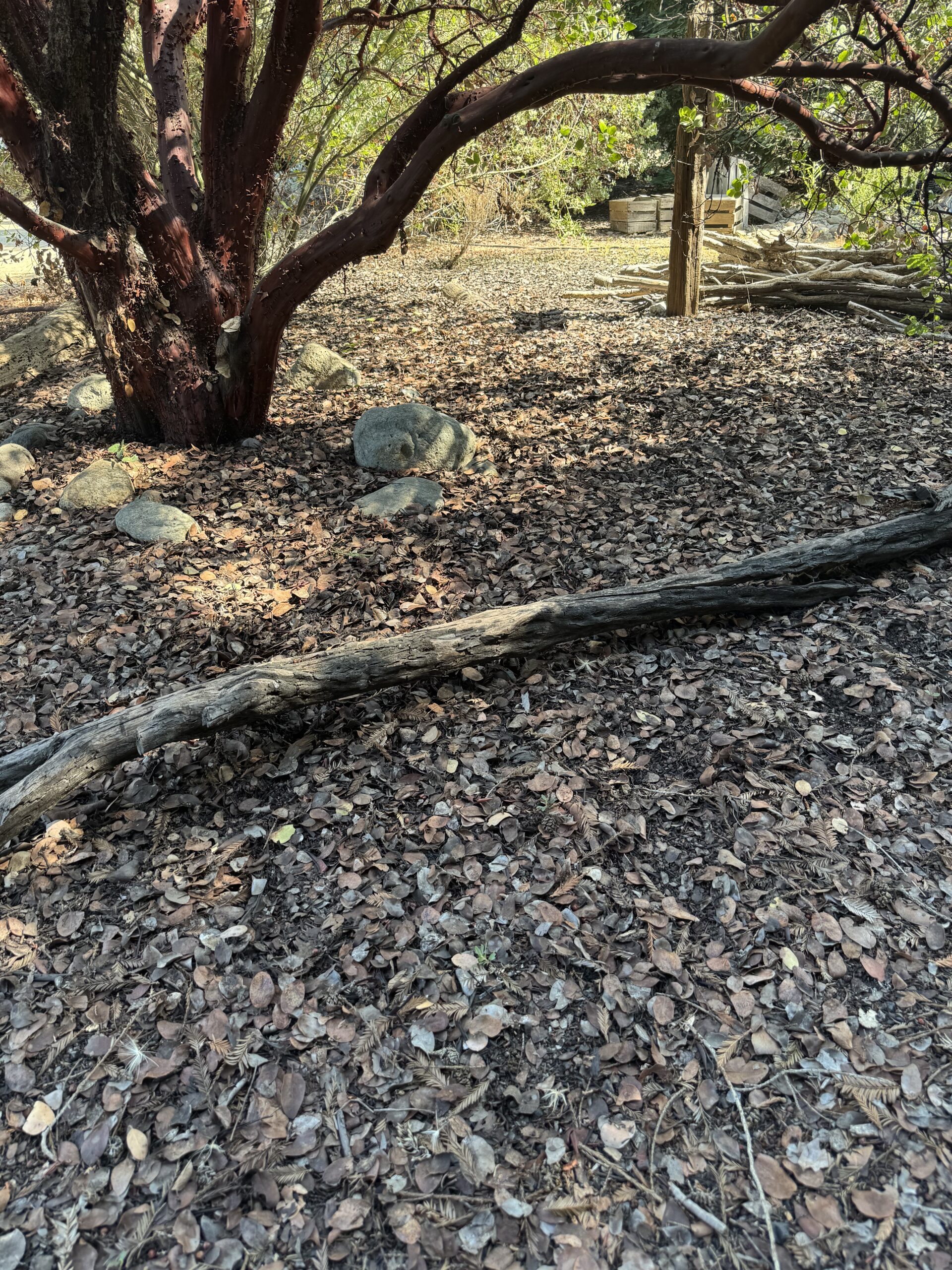
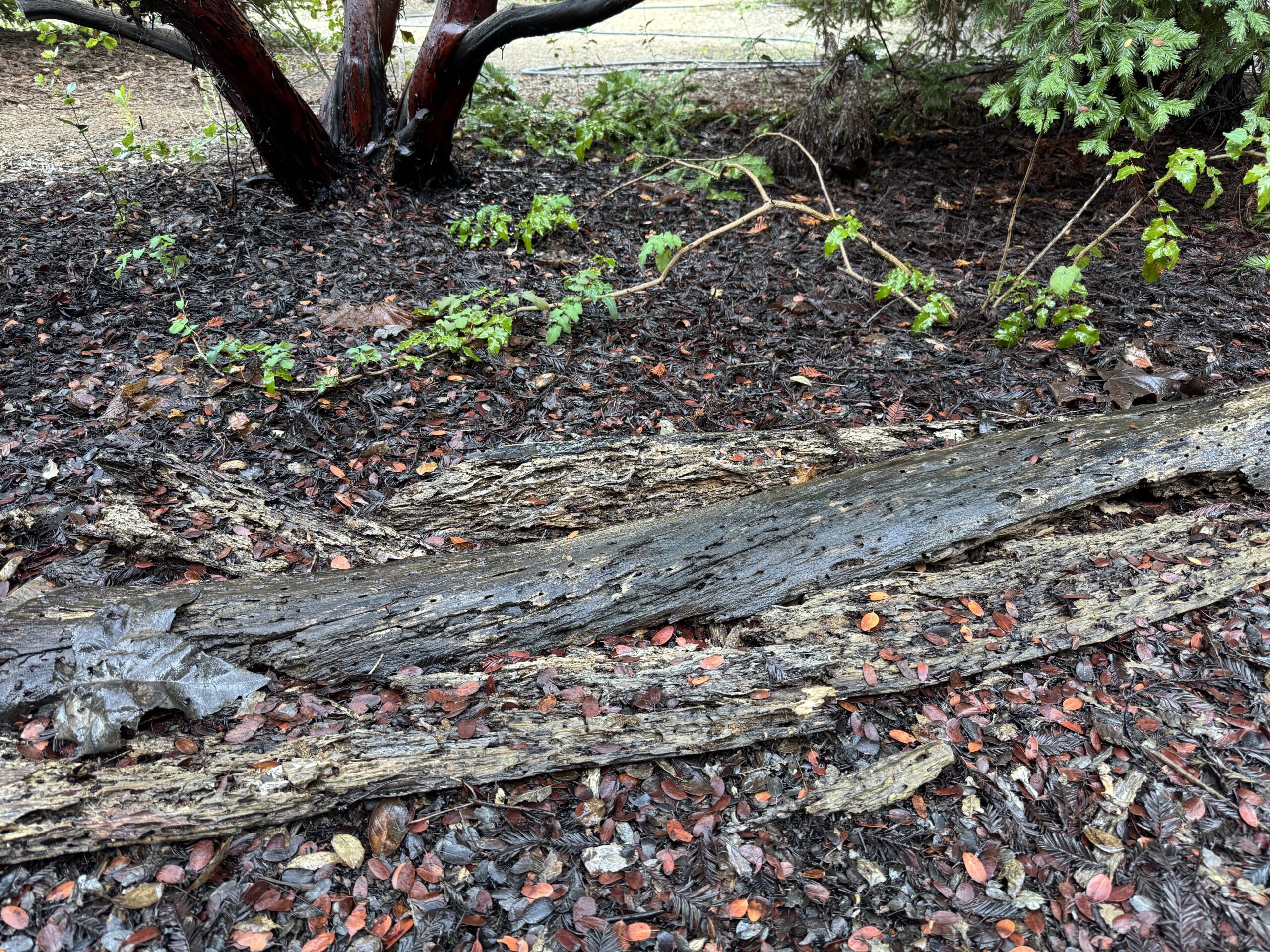
Feeding
Yes. All purpose organic, granular (dry), scattered about and scratched into the top 1/2” of soil. I’m guessing many readers do not apply fertilizers to their natural garden, and I also guess that’s fine. However, native plants need love too, and besides, the activity is healthy for you, the gardener as well. So give it a try, ideally just prior to a forecasted rain. You will be pleased and so will your plants.
Troubleshooting – Varmints, Pests and Diseases
Yes. Ants, mainly. By applying a growth hormone bait you can knock the colony back, but unfortunately probably not eradicate Argentine ants from the garden. These little devils have no redeeming quality to my knowledge. To all my Argentine friends, no offense intended… this is simply the accepted common name for Linepithema humile. They displace our native ant species wherever they thrive. Argentine ants sabotage our gardens by tending injurious plant pests thus feeding on the excretions (honeydew) made by aphids, scale, mealybug, etc.
Annual Wildflowers (and native bulbs)
Yes. And this year, bulbs bulbs, native bulbs. October for bulbs, October through March for wildflower seeds, the earlier the better. No need to put this off. We have an abundant supply of native bulbs that we have produced over the last 30+ years and now they must find new homes in natural gardens. Please call or come in. These can be purchased by mail order, so do not delay. Mixed bag, mostly species of Dichelostemma, Brodiaea, Bloomeria, possibly a few Allium. Horticultural product, no wild collecting.
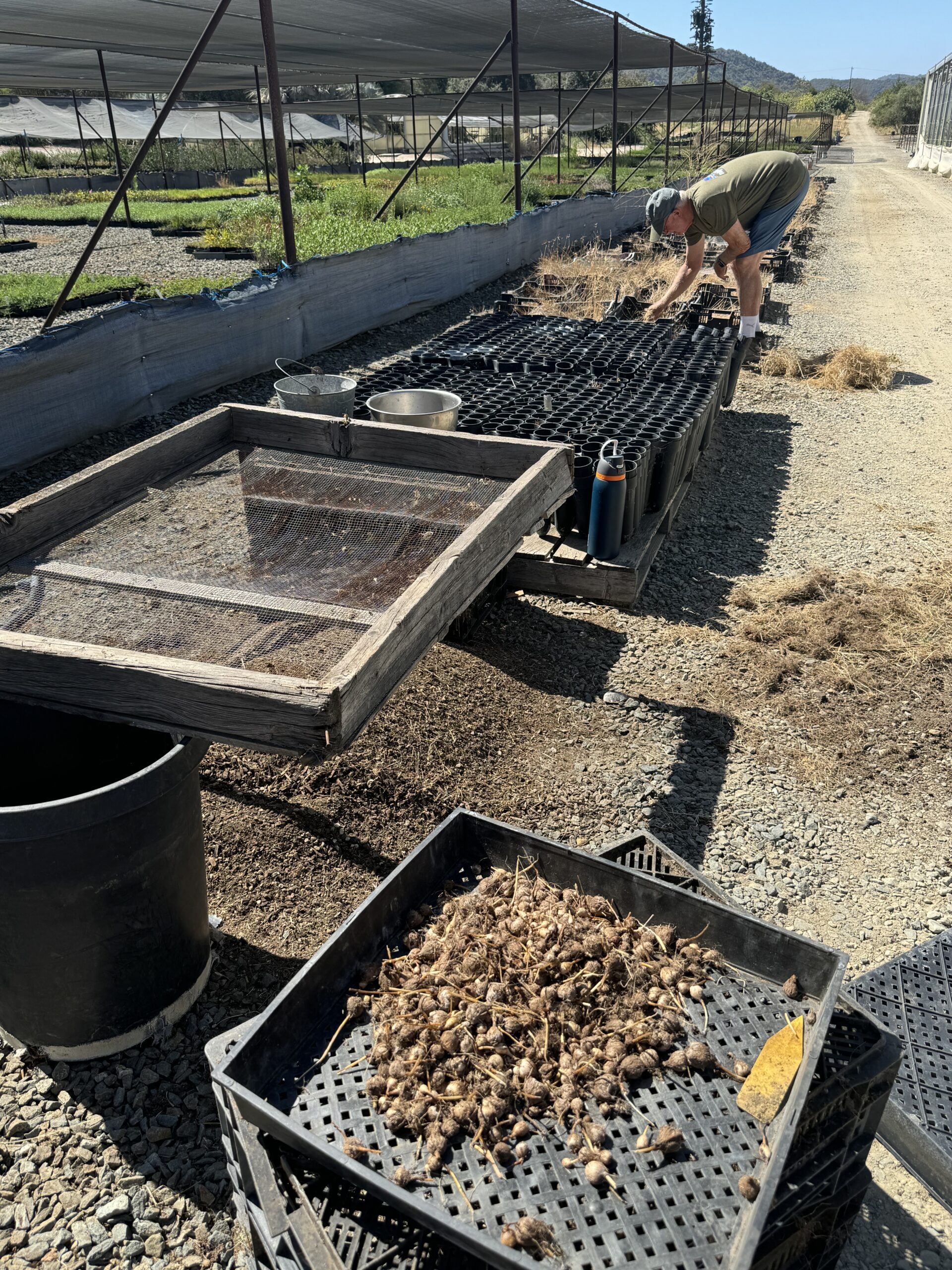
Adding New Plants
Yes. September 15 started the planting season, but October 1 is even a better start date. Now is the perfect time to plant natives. Come on in, we’d love to see you.
Phytophilia
Our love of plants and their love for us. When I look and listen over the natural landscape (that did not burn) or into a natural garden (that did not dry to a crisp), I see and hear the plants saying “Hey, we made it!” Man, that mid September heat wave was brutal! The soils are really dry and everybody is ready for the rains to start. Of course vegetation that burned in the fire has another story to tell, but we’ll leave their message for another day. As of now, they’re still in shock and not really saying much.
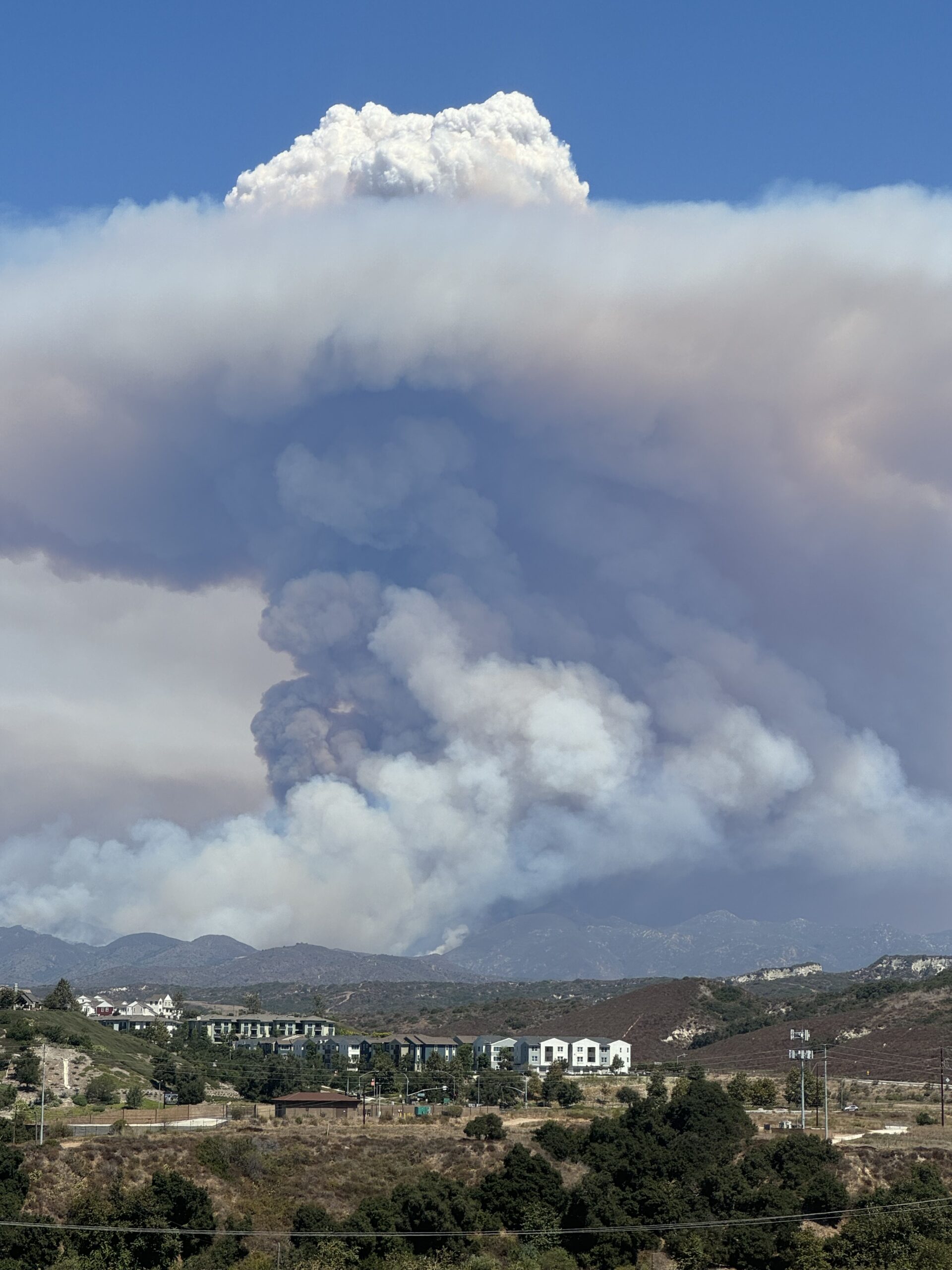
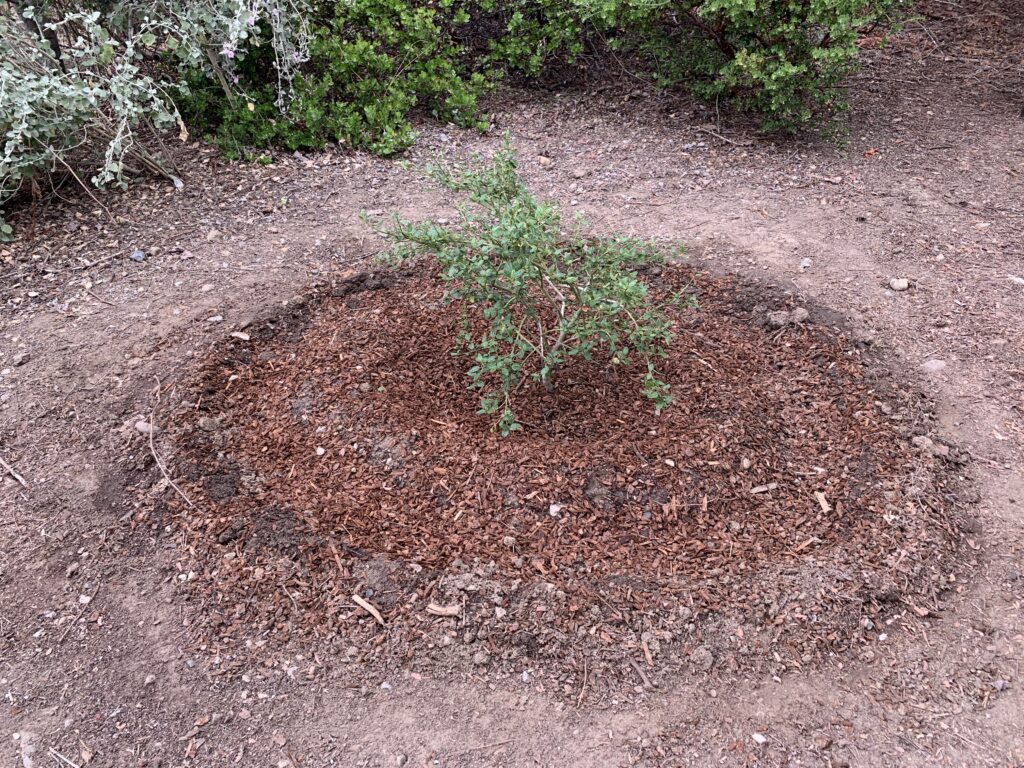
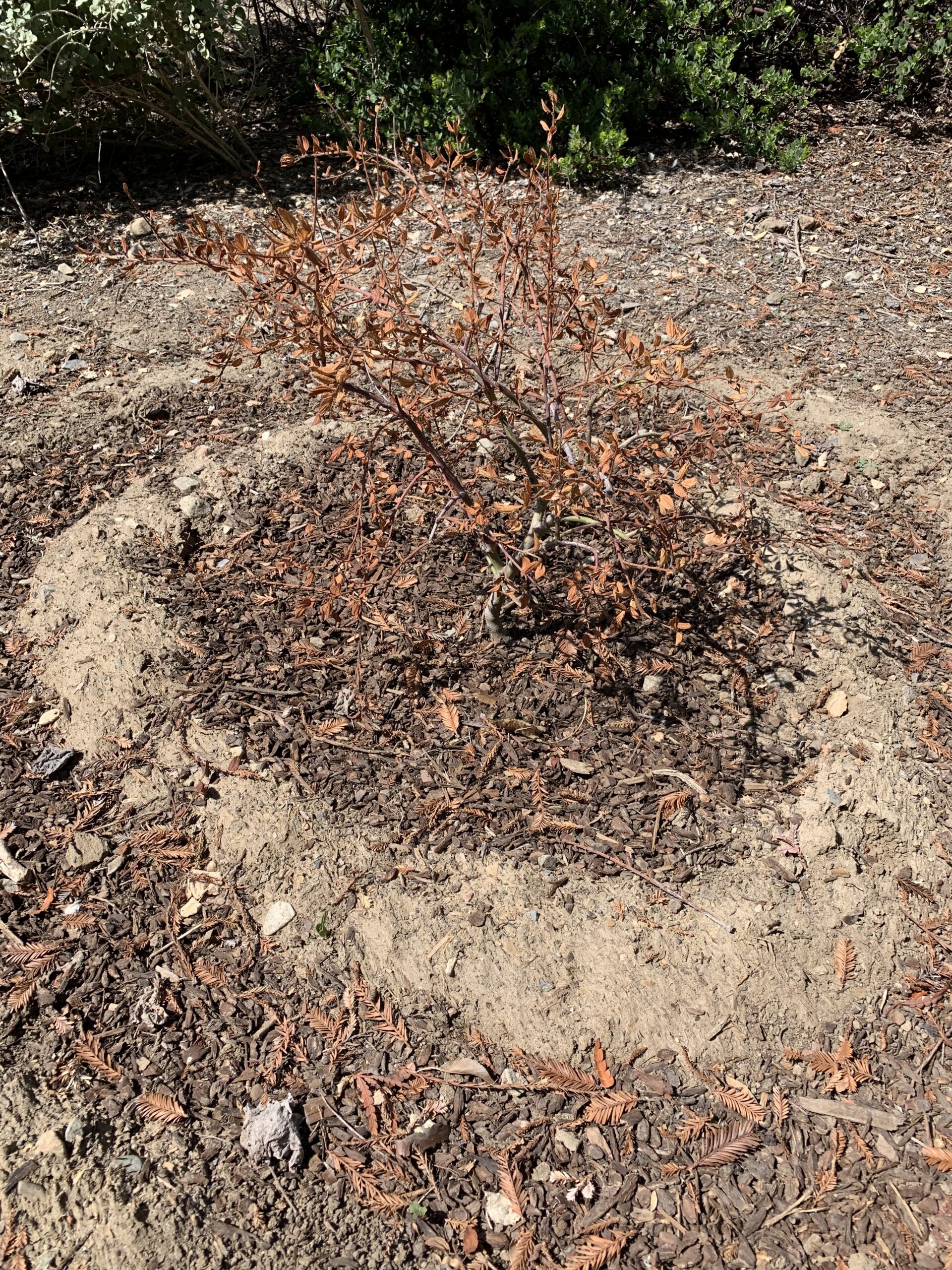
Re-wild
A technique you can employ this month, this year in particular, to help nature find its way into your garden, is to plant bulbs, bulbs, bulbs, native bulbs. Simply plunge a little hole using a core tool, 2-3 inches deep, 1/2 – 1” diameter, and drop a bulb right-side-up into the hole, backfill and wait for rain. If the deer, bunnies and the snails are not unkind to you, come spring, you will experience flowers, biodiversity, pollinators, and pleasure
Important Review
Fall started
Put moisture in the ground after last month’s heatwave
Continue DS & RS w/ less frequent RS
Deep soil moisture yes
Prune yes
Weed yes
Mulch yes (or no, allow the plants to do it)
Feed yes
Pest damage, blasted ants!
Flowers yes, Bulbs double yes
Plant yes, yes, yes!!! October perfect
Plants made it (Hey so did we!)
Re-wild with wildflowers and bulbs this year
Engage
Your garden misses you and so do the hills. If you, like I, have been laying low from strenuous activity during the hot summer months, we are now turning the corner into fall, marking high time to get back at it.
Garden clean-up, prune, feed and mulch. Easy strolls, or vigorous hikes in the backcountry. The weather will be so perfect you won’t need cold weather gear, rain coats, etc. My small day pack stands at the ready while my mid size pack is feeling anxious for some use. It holds more stuff, but its time is not right. Winter coming, and we’ll take just one season at a time please.
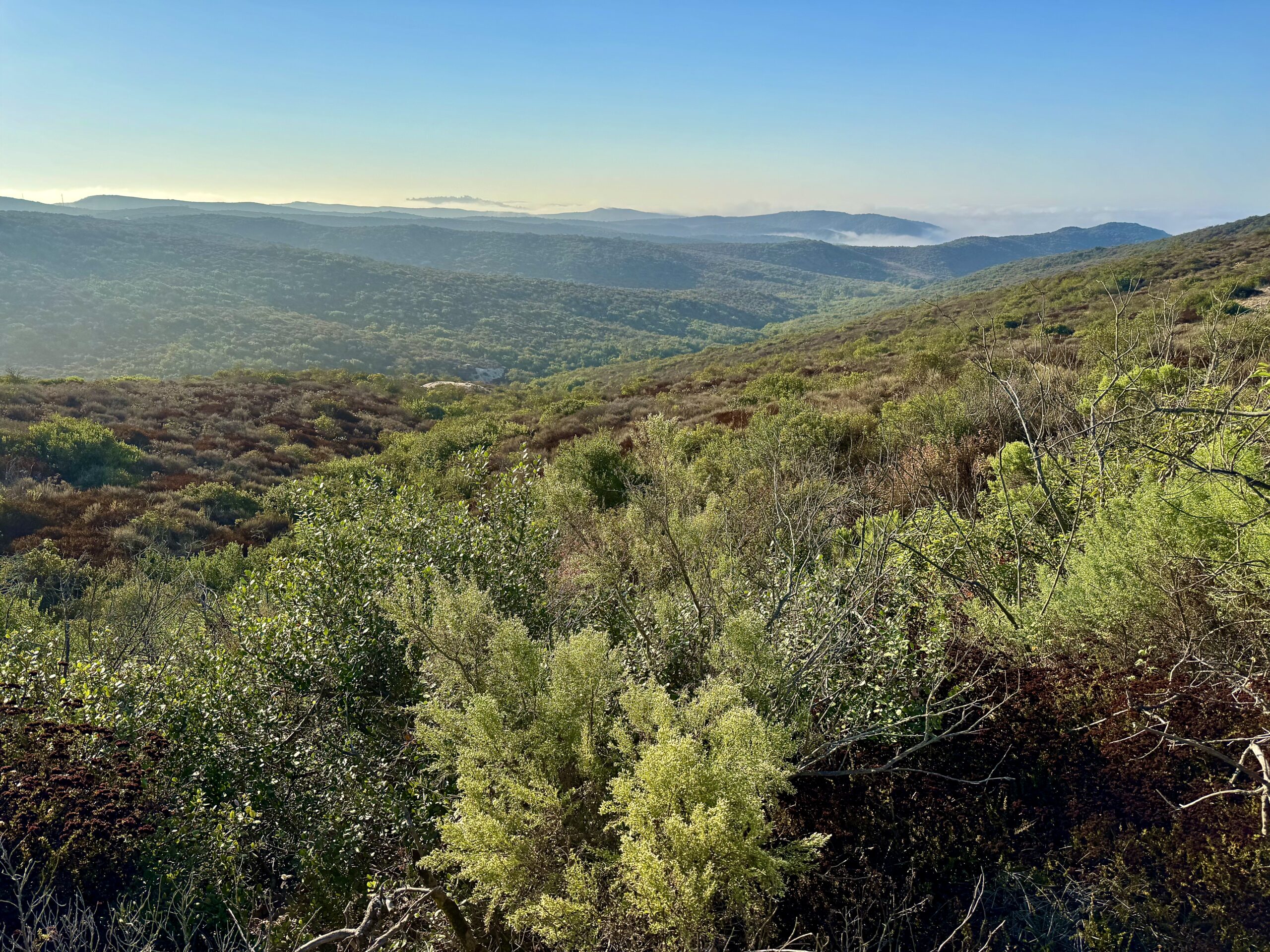
October is an ideal month for a restart. Since we are ushering in the planting New Year, it’s the perfect time to re-engage. How nice it will be to put your shears back to use in your garden, and to hear that tip-tap-click of your walking stick on the trail.
Let’s keep makin’ it.
From OCTOBER in the Natural Garden,
Mike Evans
All photos by Mike Evans unless noted otherwise. Text by Mike Evans
Questions? Help is just one call or one email away. Call (949) 728-0685 or email (with pictures if you like) our special helpline: gardenhelp@californianativeplants.com
Questions? Help is just one call or one email away. Call (949) 728-0685 or email (with pictures if you like) our special helpline: gardenhelp@californianativeplants.com